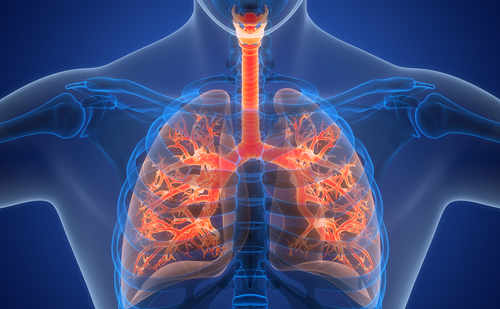Welcome to the latest issue of touchREVIEWS in Respiratory & Pulmonary Diseases, in which we bring you a range of topical and timely articles in the field of lung diseases. In this issue, we begin with an expert interview about lebrikizumab (an anti-interleukin-13 biologic) for asthma. Stanley Szefler describes the clinical trials that have helped us understand how lebrikizumab affects inflammatory biomarkers and asthma outcomes. Our second interview describes an investigational drug, alvelestat, for treating alpha-1 antitrypsin deficiency-associated emphysema. Robert Stockley explains why developing treatments for this rare disease is so difficult, before describing alvelestat’s development journey so far.
Next, Alvar Agusti and Meilan Han discuss the recent updates made by the Global Initiative for Chronic Obstructive Lung Disease (GOLD) to the definition of chronic obstructive pulmonary disease (COPD). They make suggestions for effectively treating and diagnosing COPD, and appraise the continuing uncertainties in providing optimum care. In our final interview, Peter Hellings discusses the new ‘pocket guide’ to chronic rhinosinusitis, developed by the European Forum for Research and Education in Allergy and Airway Diseases (EUFOREA). He explains how easy-to-use guidelines can help clinicians and improve outcomes.
In the first of two editorials, Pengo and Maiolino describe the complex and heterogenous nature of sleep apnoea, explaining how existing diagnostic indices overlook important inter-patient differences. In the second, Butzko et al. discuss the CHEST guidelines for the respiratory management of patients with neuromuscular disease, focusing on the importance of personalizing interventions, alleviating bulbar symptoms and managing patients’ expectations.
Next, we feature an array of reviews. Alkalai et al. summarize the current understanding of pulmonary alveolar proteinosis, a rare syndrome involving surfactant accumulation in the alveoli. This includes a review of its pathophysiology and natural history before summarizing its diagnosis and treatment. Wingfield Digby et al. bring us up to speed with the latest knowledge about chronic cough, an overlooked yet highly prevalent and debilitating condition. They discuss what is known about its causes, and review its treatable traits and therapeutic options.
Lastly, Matthew Bars completes this issue with a review of the investigational medicine cytisinicline. This intriguing plantbased compound has been shown to reduce nicotine cravings and withdrawal symptoms in clinical trials, and if licenced, would be the first smoking cessation therapy since 2006 to gain US approval.
The editors of touchREVIEWS in Respiratory & Pulmonary Diseases wish to thank our contributors for these insightful and informative articles. We are grateful to all organizations and media partners for their on-going support, and to the members of our editorial board for their continued involvement and advice. We hope you find this issue interesting and informative. If you are interested in contributing to our upcoming issues, please feel free to submit here or contact us directly.
Harly Greenberg
Dr Harly Greenberg is Chief of the Division of Pulmonary, Critical Care and Sleep Medicine, at Northwell Health in New York and Associate Director of the Northwell Lung Institute. He is also Medical Director of the Northwell Sleep Disorders Center and Program Director for the Zucker School of Medicine Sleep Medicine Fellowship at Northwell Health. He is Professor of Medicine at the Zucker School of Medicine at Hofstra-Northwell. Dr Greenberg is a recognized expert in sleep medicine and has helped to advance the field as an investigator in multiple clinical research trials. His research has contributed to our understanding of the cardiovascular consequences of obstructive sleep apnoea. In addition, his work has also contributed to the development of new therapies for sleep apnoea and other sleep disorders. The Northwell sleep medicine fellowship programme, which he directs, has trained many fellows over the past two decades.












